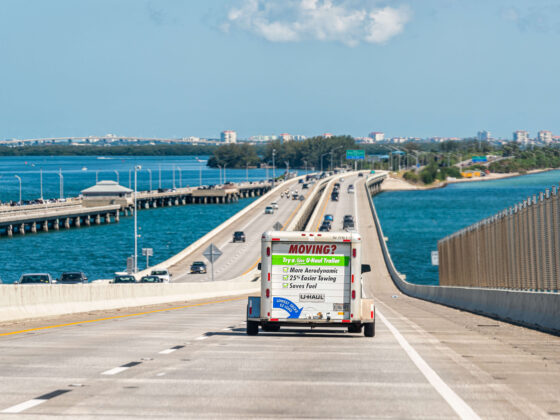Updated March 31, 2020
According to latest statistics in the U.S., the used light-duty vehicle market is more than twice the size of the new light-duty vehicle market. In 2018, used vehicle sales equalled 40.2 million vehicles, while new ones were only at 17.2 million.
Use eTags© to Quickly Complete Your DMV Service. Renewals, Title Transfers and More, All Online!
Is it your turn to sell your used car? Still owe money on your vehicle? Don’t worry, selling a car with a lien is possible. Most people who purchase a car, instead of leasing one, finance their vehicle with the help of a bank or other financial institution such as an auto loans lender. This means that the financial institution has an interest in the vehicle and no changes, including a transfer of ownership, can be done without their approval.
Sometimes, the car financing period lasts longer than the buyer plans to actually keep the vehicle. So if you’re in this situation, and are interested in selling your car, know that there are a few steps you need to take to ensure the lien is satisfied.

Trading Your Car At The Dealership
If you’re going to replace your vehicle with a new one, trading it in at the dealership is the easiest way since they would work with the lienholder and facilitate the entire procedure. In other words, the dealership will work with the bank who financed your car loan and submit all needed paperwork.
Make sure you know the value of the car you’re trading in though, so you can get a fair price for it. You can use the Kelley Blue Book website to determine the car’s value by entering a few details such as year, make, model and zip code. You can even choose the “evaluation method”: trade-in or private sale.

Seller And Buyer Physically Going To The Lienholder
If you’re selling your car privately, you (the seller) and would-be buyer can go together to the lienholder if it has a tag agency department or is the financing institution themselves such as a Honda Financial Services to complete the transaction. You can take care of everything from the sale to paying off the lien and transferring the title. It’s better to make an appointment beforehand, so you can ensure there’s someone on site with the authority to execute the entire process.

Buyer Satisfying The Lien
You can have the buyer cover the entire amount due to the lienholder, and pay you (the seller) the surplus to satisfy the agreed upon price for the car. The buyer can use a cashier’s check or wire transfer to pay off the lien. This is especially convenient if the car loan institution is another state and traveling is not an option. The title transfer in this case is treated differently depending on states.
Sometimes the lien holder can sign over the car title to the buyer, while other times the buyer has to wait for title to be released first to seller… which will then transfer it to buyer. In both cases though, both parties must sign the certificate of title to complete sale and transfer ownership. If you choose to go with this option, make sure you research the title transfer procedures of your specific state.
Doing The Car Sale Through Escrow
Since there are a few parties involved when there’s a lien holder implicated in a car sale, one way to ensure trust is to do the transaction through an escrow account. The money is secured, while title transfer is being processed. An escrow account protects both seller and buyer, so typically they both split the fees.
As you can see, selling your vehicle even if the title has a lienholder on it is possible. It may just take you a few extra steps to finalize the sale.








